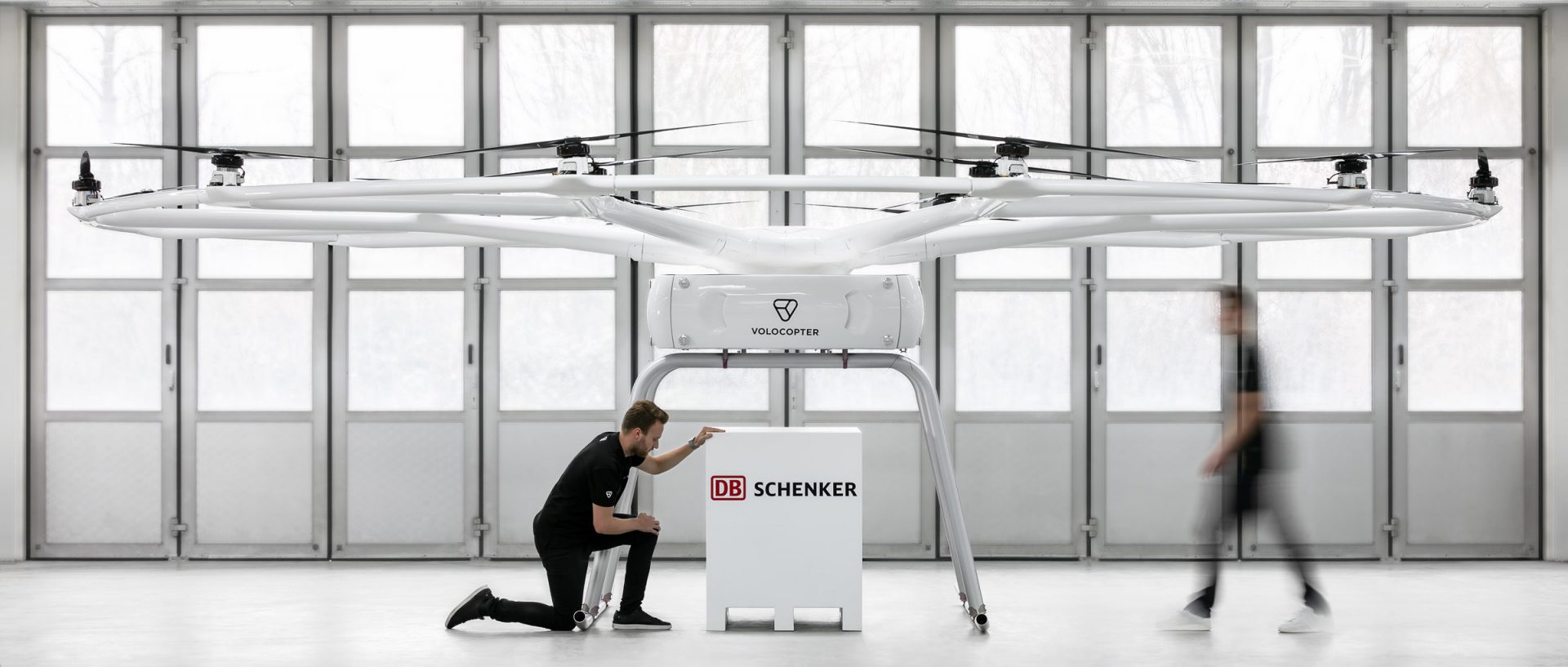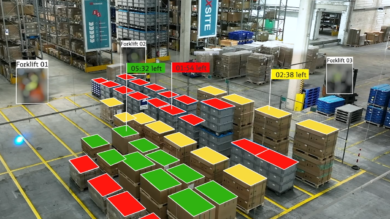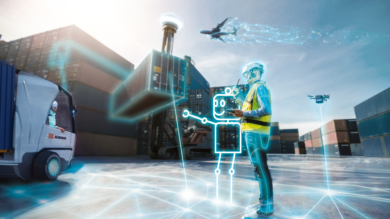Drones are one of the key trends from the past few years, not only within the private and consumer markets but also within the logistics industry. Both start-ups and huge logistics companies are heavily investing in and driving this auspicious future technology. The benefits are clear: Drones promise fast, cost-efficient and sustainable deliveries with a wide field of applications. On the other hand, however, there are risks to be considered and regulations in place, which will have a strong impact on further development. The commercialization of drones in logistics therefore has huge potential but requires patience.
How it all began – from the military to logistics
It all started in the early 20th century, when drones were first used by the military. In the logistics industry, the first official approval for commercial use was given by the Federal Aviation Administration in the United States in 2006. Four years later, in 2010, French start-up Parrot released the first drone, which was controlled via Wi-Fi and a smartphone. Many different concepts around drones and deliveries via drones were subsequently tested over the next several years, but drone deliveries have yet to become part of our everyday lives.
Despite this, many start-ups as well as logistics companies around the world are currently driving the technology to bring drones to the supply chain of the future. This has been recently amplified by the COVID-19 pandemic and associated challenges such as social distancing. At the start of 2020, DB Schenker announced their investment in Volocopter, a pioneer in urban air mobility. The goal of the collaboration is to develop the VoloDrone, a heavy-weight cargo drone.
The VoloDrone has a payload of up to 200 kilograms and a reach of 40 kilometers. It is quick and easily deployable due to its flexible equipment, while having the ability to carry euro pallets as well as oversized cargo through sling and hook.
The benefits – sustainability and efficiency
There are diverse benefits to the use of drones in logistics. A major aspect is, of course, sustainability: Since drones are powered by electricity, they are emission neutral. Furthermore, drones are perfect for deliveries to remote or restricted areas, such as islands, construction sites, urban areas or a ship, due to their ability to take off and land vertically. Last but not least, drones demonstrate cost and time efficiency due to their ability to operate autonomously 24/7, without being affected by traffic jams and other restrictions. As stated by McKinsey in the study ‘Parcel delivery – The future of the last mile’, there will be a huge increase in autonomous deliveries, for example by drones, in the future.
“Get ready for a world where autonomous vehicles deliver 80 percent of parcels.”
Drones – applicable everywhere
In addition to the clear benefits, drones also have a wide field of application within logistics. In warehouses, for example, drones can increase productivity by managing inventories. Drones can also create a safer working environment: by inspecting hard-to-access areas such as the top of high racks, by carrying out surveillance tasks from a high position, or by supporting forklift drivers with a better view from above during challenging maneuvers. When it comes to deliveries, drones can take over both short distances, such as last mile deliveries, as well as long-distance cargo flights, where the lack of cockpit generates more space for cargo.
Risks and challenges
However, there are also some risks in connection with drones. There is the potential for accidents when flying over people or beyond a pilot’s line of vision, especially during bad weather conditions. Furthermore, there is the question of privacy and if people are comfortable with drones flying around their neighborhood. Since drones can be controlled remotely, there is also a risk of hijacking from hackers.
Due to these risks and challenges, close collaboration with the respective authorities will be key for start-ups and logistics companies to further develop regulations. So far, tests with autonomous drones have only been in rural areas. The next logical step would be to test the technology in urban areas and unlock further potential, which is currently a challenge due to strict security regulations. But after that, the sky’s the limit!
Published: December 2020










